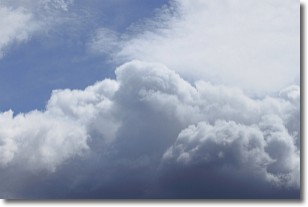Weather Alert in Massachusetts
Coastal Flood Statement issued August 21 at 1:03PM EDT until August 23 at 2:00AM EDT by NWS Boston/Norton MA
AREAS AFFECTED: Barnstable
DESCRIPTION: * WHAT...Large breaking waves of 10 to 15 feet on ocean beaches. Some splashover on vulnerable coastal roads around high tide tonight through Friday night. * WHERE...Cape Cod. * WHEN...For the High Surf Advisory, until 8 PM EDT Saturday. * IMPACTS...Some water on low lying roads and property around high tide. Dangerous swimming and surfing conditions and significant beach erosion.
INSTRUCTION: Many ocean beaches are closed. Stay out out of the water due to dangerous surf conditions. Only view surf at a safe distance, not from near the shore, or from jetties or piers. Avoid any flooded roads during high tide.
Want more detail? Get the Complete 7 Day and Night Detailed Forecast!
Current U.S. National Radar--Current
The Current National Weather Radar is shown below with a UTC Time (subtract 5 hours from UTC to get Eastern Time).

National Weather Forecast--Current
The Current National Weather Forecast and National Weather Map are shown below.

National Weather Forecast for Tomorrow
Tomorrow National Weather Forecast and Tomorrow National Weather Map are show below.

North America Water Vapor (Moisture)
This map shows recent moisture content over North America. Bright and colored areas show high moisture (ie, clouds); brown indicates very little moisture present; black indicates no moisture.

Weather Topic: What are Nimbostratus Clouds?
Home - Education - Cloud Types - Nimbostratus Clouds
 Next Topic: Precipitation
Next Topic: Precipitation
A nimbostratus cloud is similar to a stratus cloud in its formless,
smooth appearance. However, a nimbostratus cloud is darker than a stratus cloud,
because it is thicker.
Unlike a stratus cloud, a nimbostratus cloud typically brings with it the threat
of moderate to heavy precipitation. In some cases, the precipitation may evaporate
before reaching the ground, a phenomenon known as virga.
Next Topic: Precipitation
Weather Topic: What is Rain?
Home - Education - Precipitation - Rain
 Next Topic: Shelf Clouds
Next Topic: Shelf Clouds
Precipitation in the form of water droplets is called rain.
Rain generally has a tendency to fall with less intensity over a greater period
of time, and when rainfall is more severe it is usually less sustained.
Rain is the most common form of precipitation and happens with greater frequency
depending on the season and regional influences. Cities have been shown to have
an observable effect on rainfall, due to an effect called the urban heat island.
Compared to upwind, monthly rainfall between twenty and forty miles downwind of
cities is 30% greater.
Next Topic: Shelf Clouds
Current conditions powered by WeatherAPI.com




